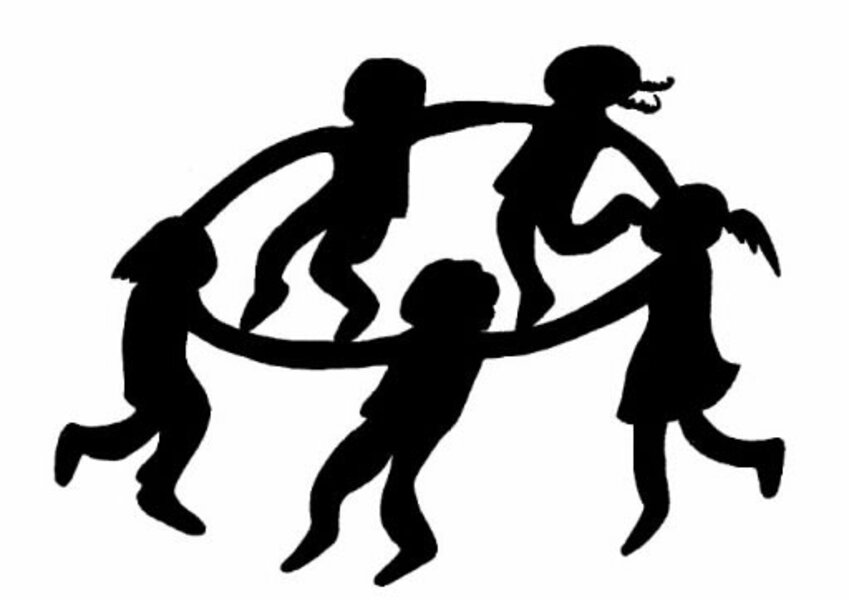Child sex abuse cases dramatically decline in US, says report
Loading...
| NEW YORK
Increased public awareness of how child predators operate, along with better law enforcement and policies to protect children, may be helping to reduce child sex abuse despite this year's headlines about cases connected to institutions like Penn State, the Boy Scouts and the BBC.
Researchers at the University of New Hampshire's Crimes Against Children Research Center say data from a half a dozen sources suggest child sex abuse cases have dramatically declined since the 1990s. Here are details on data from the report, written by UNH professors David Finkelhor and Lisa Jones and published in the center's October 2012 bulletin.
– The National Child Abuse and Neglect Data System, which aggregates data from state child protective agencies, shows a 62 percent decline in rates of substantiated sexual abuse between 1992 and 2010. The raw numbers showed a drop from 150,000 to 63,000 cases, primarily in cases involving abuse by family members and other caregivers, who are statistically the most likely perpetrators in child sex abuse cases, although they are less likely to be the subject of news stories.
– The National Incidence Study of Child Abuse and Neglect, a sample survey of professionals who work with children conducted by the federal government once a decade, documented a 47 percent decline in sexual abuse between 1993 and 2005.
– FBI statistics based on local law enforcement crime reports show a 35 percent drop between 1992 and 2010. The FBI does not break down rape by age of victim, but over 50 percent of victims of reported rapes are under 18, so a drop in FBI rape statistics is considered a good indicator of a drop in sex crimes against minors.
– The National Crime Victimization Survey, which collects information annually from a nationally representative sample of tens of thousands of US households every six months, asks about sexual assault among 12- to 17-year-olds and found a 69 percent decline in the annual rate of sexual assaults against teens from 1993 to 2008.
– The Minnesota Student Survey, conducted every three years among sixth, ninth and 12th grade public school students in selected school districts, asks about sexual abuse by family members and non-family members. The survey found between 1992 and 2010 that there was a 29 percent decline in sexual abuse by non-family members and a 28 percent decline in abuse by family members.
– The National Survey of Family Growth gathers information every few years from national samples of women ages 15-44 about sexual and reproductive activity. Between 1995 and 2008, NSFG found a 39 percent decline in the women age 15-25 who reported that their first experience with intercourse was before age 15 with a person three or more years older.
– The National Survey of Children Exposed to Violence, conducted in 2008, found 2 percent of children ages 2-17 had been sexually assaulted, down from 3.3 percent in a similar survey five years earlier.
One survey in the UNH report did not find a significant decline: The National Survey of Adolescents, in two studies 10 years apart, reported what UNH researchers described as a "non-significant decline" in sexual assault for girls, from 13.2 percent in 1995 to 11.5 percent in 2005, and a "non-significant rise for boys" from 3.5 percent to 3.8 percent.
The UNH researchers noted that other indicators of child welfare that could be associated with sexual abuse have also declined, including teen suicide, down 30 percent from 1990 to 2010; teen runaways as measured by police arrests, down 60 percent; and teen births, down 55 percent from 1991 to 2010.
In addition, violent crime rates overall in the US have been declining for the past two decades. However, the researchers noted that there was conflicting data on whether there have been similar declines in the non-sexual physical abuse and neglect of children.
Although many high-profile child sex abuse cases have involved molestation of boys by men, including cases from Penn State, the Boy Scouts, and the Catholic Church, Finkelhor said that statistically, "about four girls are victimized for every one boy, and 95 percent of all offenders are males."
However, he noted that girls are more often victimized within the family while boys are often victimized outside the family.







